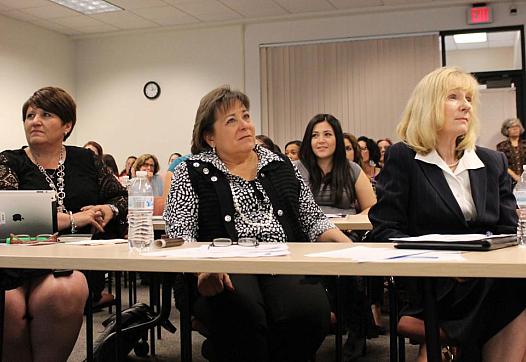
Perla Trevizo is a recipient of the University of Southern California Annenberg Center's Fund for Journalism on Child Well-being.
Other stories in this series can be found here.

Perla Trevizo is a recipient of the University of Southern California Annenberg Center's Fund for Journalism on Child Well-being.
Other stories in this series can be found here.

Perla Trevizo is a recipient of the University of Southern California Annenberg Center's Fund for Journalism on Child Well-being.
Other stories in this series can be found here.
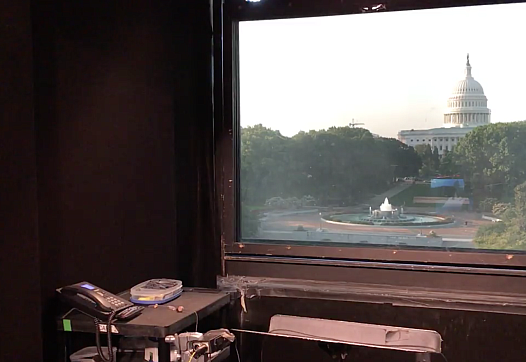
2017 National Fellow Tracie Potts gives a behind-the-scenes look at the ever-changing nature of her Fellowship project chronicling health reform across the country.
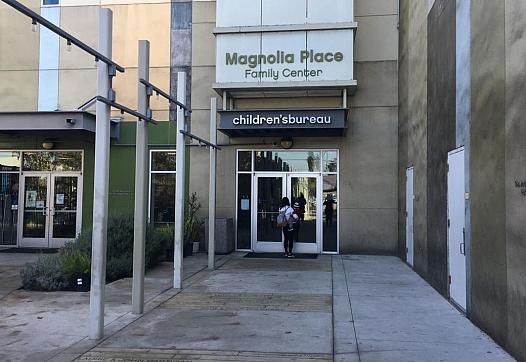
Perla Trevizo is a recipient of the University of Southern California Annenberg Center's Fund for Journalism on Child Well-being.
Other stories in this series can be found here.
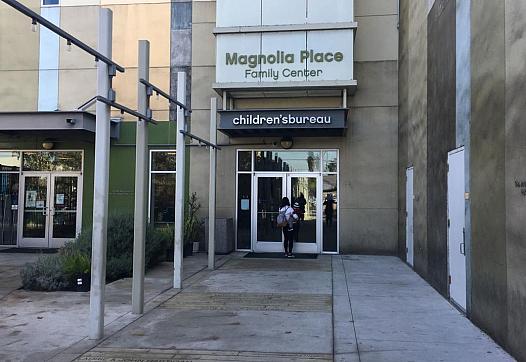
Perla Trevizo is a recipient of the University of Southern California Annenberg Center's Fund for Journalism on Child Well-being.
Other stories in this series can be found here.
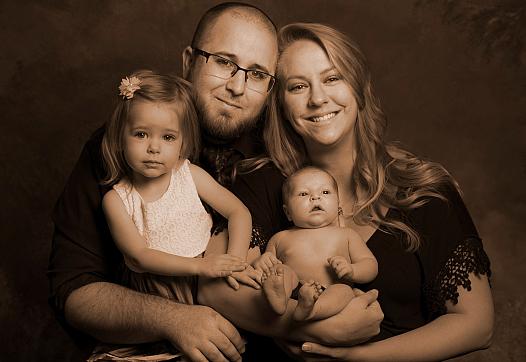
When Jessica Porten sought help for postpartum depression, she wasn't expecting the nurse to call the police to escort her to the ER. She now believes moms need far better help for their mental health needs.

When neighborhoods change, it doesn’t just affect long-term residents’ housing options. It might be making them sick.
In low-income neighborhoods beset by predatory lending and check-cashing hubs, options for building credit and savings are scarce. A credit union that opened last year seeks to change that.
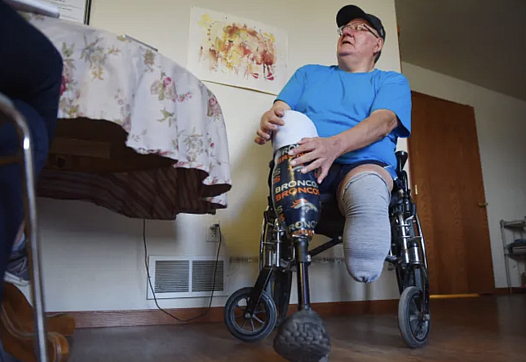
The Argus Leader reviewed hundreds of pages of federal hospital inspection records and legal filings as part of a monthslong investigation into the facilities. And reporters met with dozens of tribal members on visits to the Rosebud and Pine Ridge Indian Reservations.

Times-Picayune reporter Jonathan Bullington offers a behind-the-scenes look at his reporting with colleague Richard Webster on the trauma experienced by kids growing up in New Orleans' "Triangle of Death."